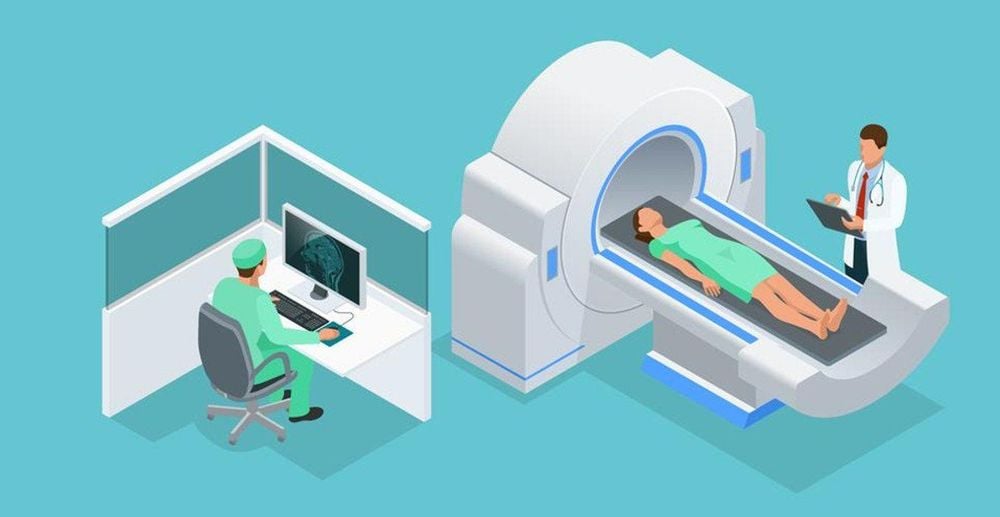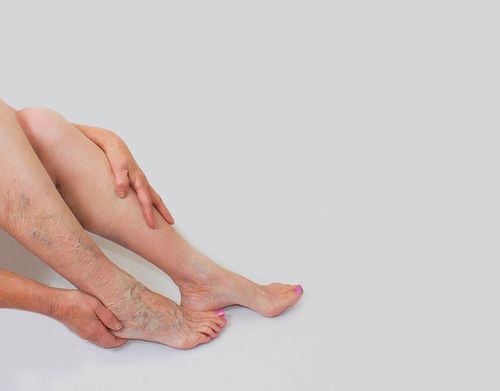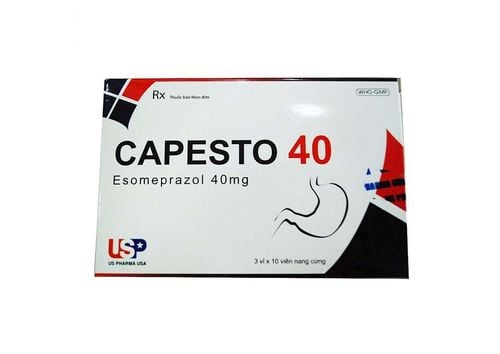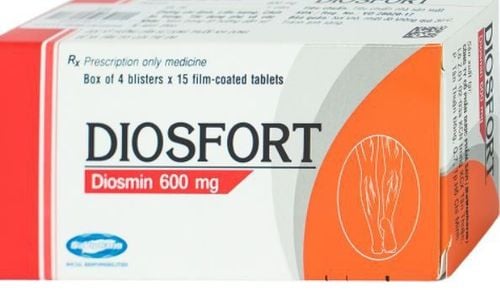This is an automatically translated article.
The article was professionally consulted with Specialist Doctor I Le Nguyen Hong Tram - Gastroenterologist - Department of Medical Examination & Internal Medicine - Vinmec Nha Trang International General Hospital.Esophageal varices usually do not show obvious signs, unless the patient has vomiting blood, bloody stools or shock in severe cases,... Therefore, it is necessary to control esophageal varices in patients with esophageal varices. core
1. What is esophageal varices?
Esophageal varices are abnormally enlarged veins in the lower part of the esophagus – the part connecting the throat and stomach. When esophageal varices occur, blood flow to the liver is slowed. The blood then rushes into the small blood vessels near the esophagus, causing the vessels to swell. Large varicose veins with red spots are most at risk of rupture.If not promptly detected and treated, esophageal varices can cause vein rupture, bleeding, life-threatening patients.
Esophageal varices most commonly occur in patients with severe liver disease.
2. Symptoms of esophageal varices
Esophageal varices often have no obvious symptoms until bleeding occurs. Common signs and symptoms include:
Vomiting blood (this is the most common symptom) Black and bloody stools Abdominal pain Shock in severe cases, if not handled promptly will cause death Symptoms Esophageal varices due to complications of liver disease including dysphagia, pain and coma Peripheral pulse loss Pale skin Low blood pressure, tachycardia Decreased urine output. Black stools Glasgow index measured decreased

3. Causes of esophageal varices
Usually blood flow is slowed down due to scar tissue in the liver that occurs due to liver disease. When blood flow to the liver is slow, the pressure in the portal vein, the vein that carries blood to the liver, increases. This pressure causes blood to be pushed into the surrounding small veins, the small, thin veins that cannot withstand the pressure will burst, adding more pressure.
Having cirrhosis : Some liver diseases can cause cirrhosis, such as hepatitis infection, drinking a lot of alcohol, having mature biliary cirrhosis. Thrombosis: In the portal vein or splenic vein, there is a blood clot that can cause esophageal varices. Infection with the schistosomiasis parasite can cause damage to the liver, lungs, intestines, and bladder.
4. What to do when esophageal varices?
So what to do with esophageal varices? Here are the methods to control esophageal varices:
4.1. Examination and diagnosis of subclinical esophageal varices Based on the patient's medical history and history of cirrhosis or serious liver disease, esophageal varices should be suspected immediately.
Tests used to make a diagnosis include:
Endoscopy to examine the esophagus: During an endoscopy, a doctor inserts an endoscope through the mouth, into the esophagus. If any dilated veins are found, they will be sorted by their size and closely examined for red streaks to indicate a risk of bleeding. Diagnostic imaging: Indicates CT and magnetic resonance imaging techniques to detect and diagnose esophageal varices, check liver status and portal vein circulation. 4.2. Treatment of esophageal varices Treatment to prevent bleeding Treatment to reduce blood pressure in the portal vein is a way to help reduce the risk of bleeding from esophageal varices. The method used is drug treatment. Medications that slow the flow of blood in the portal vein and reduce the risk of bleeding, such as blood pressure medications such as propranolol and nadolol.
Endoscopic treatment of esophageal varices Depending on the patient's condition, if the risk of bleeding is high with esophageal varices, endoscopy may be indicated to stop bleeding by examining the inside of the esophagus, injecting drugs , venous occlusion with an elastic instrument.
4.3. Treatment of hemostasis in esophageal varices Bleeding from esophageal varices can be life-threatening, so it should be detected and handled promptly. Methods used to stop bleeding include:
Tie the bleeding vein with an elastic band To ligate the vein, the doctor uses an endoscope to wrap the vein into an elastic device to block the vein , can not continue bleeding. The method of tying the bleeding vein with an elastic band leaves a scar in the esophagus.
Seal varicose veins with glue Use a glue-like substance (N-butyl-2-cyanoacrylate) to clog varicose veins. This technique is especially good for people with varicose vein bleeding gastritis. However, this technique can also cause pulmonary, splenic or brain embolism.
Intravenous bleeding During the endoscopy, the doctor will inject into the bleeding veins that will shrink. However, this method also causes some complications such as: esophageal perforation, esophageal scarring, dysphagia syndrome.
Medication Use Medicines to slow the flow of blood from the internal organs into the portal vein, thereby helping to reduce pressure in the veins. The drug octreotide is often used for patients in combination with endoscopic methods for treatment. The drug octreotide is usually prescribed for patients to use for 5 days after bleeding due to esophageal varices.
Using Balloons - Sonde Sengstaken-Blakemore Balloons are used to temporarily treat bleeding from uncontrolled esophageal varices. Balloon inserts are kept refrigerated to harden the rubber and facilitate movement, and then passed through the patient's mouth and down into the stomach.
Air will inflate the stomach balloons, then they are pulled up at the esophago-tracheal junction, helping to compress the submucosal varicose veins. The Sonde Sengstaken-Blakemore also contains an esophageal balloon, used only when the gastric balloon is not working.
Redirect blood flow from the portal vein by creating an intrahepatic portal anastomosis (TIPS) This is a procedure that uses a small tube placed between the portal vein and the hepatic vein. The TIPS tube can return blood from the liver to the heart through an additional blood vessel, thereby helping to control bleeding.
Although the success rate is as high as the method of redirecting blood flow from the portal vein, it can also cause dangerous complications such as: liver failure, mental disorders when toxins are usually filtered in the liver transferred through a shunt directly into the bloodstream.
Because of the level of risk, TIPS is only indicated when the patient has failed to respond to previous methods of hemostasis, is not controlled by a rubber band, or is used as a temporary measure for patients with bleeding disorders. patient is in the process of waiting for a liver transplant.
Liver transplant Liver transplant is the method of choice for people with severe liver disease or patients with recurrent bleeding caused by esophageal varices. Liver transplantation is a major surgery with a high success rate.

5. Prevention and control of esophageal varices
For patients diagnosed with liver disease, it is necessary to pay attention to the diet and daily activities to avoid complications caused by liver disease:
Do not drink alcohol: Alcohol is the cause of the disease. liver, so when drinking alcohol, the liver will add "burden" to the already damaged liver. Eat in moderation, science: Should build a diet rich in fiber, green vegetables, fruits, grains, protein-rich foods. Avoid eating fried, fatty, and fatty foods. Maintain a healthy weight: Excess body fat can damage the liver. Lose weight if you are obese or overweight. Exercise regularly. Be careful when using chemical products: The liver has the effect of removing toxins from the body, so avoiding exposure to products containing many chemicals will help the liver rest, limiting the amount of toxic substances. handling element. Reduce the risk of hepatitis by: Do not share needles, have safe sex to avoid the risk of hepatitis B, hepatitis C Regular check-up every 6 months, follow the advice and instructions of the doctor. doctor. Esophageal varices usually do not appear obvious signs, unless the patient has vomiting blood, bloody stools or shock in severe cases,... Therefore, measures to control varicose veins are necessary. esophagitis in patients timely and best.
Please dial HOTLINE for more information or register for an appointment HERE. Download MyVinmec app to make appointments faster and to manage your bookings easily.














